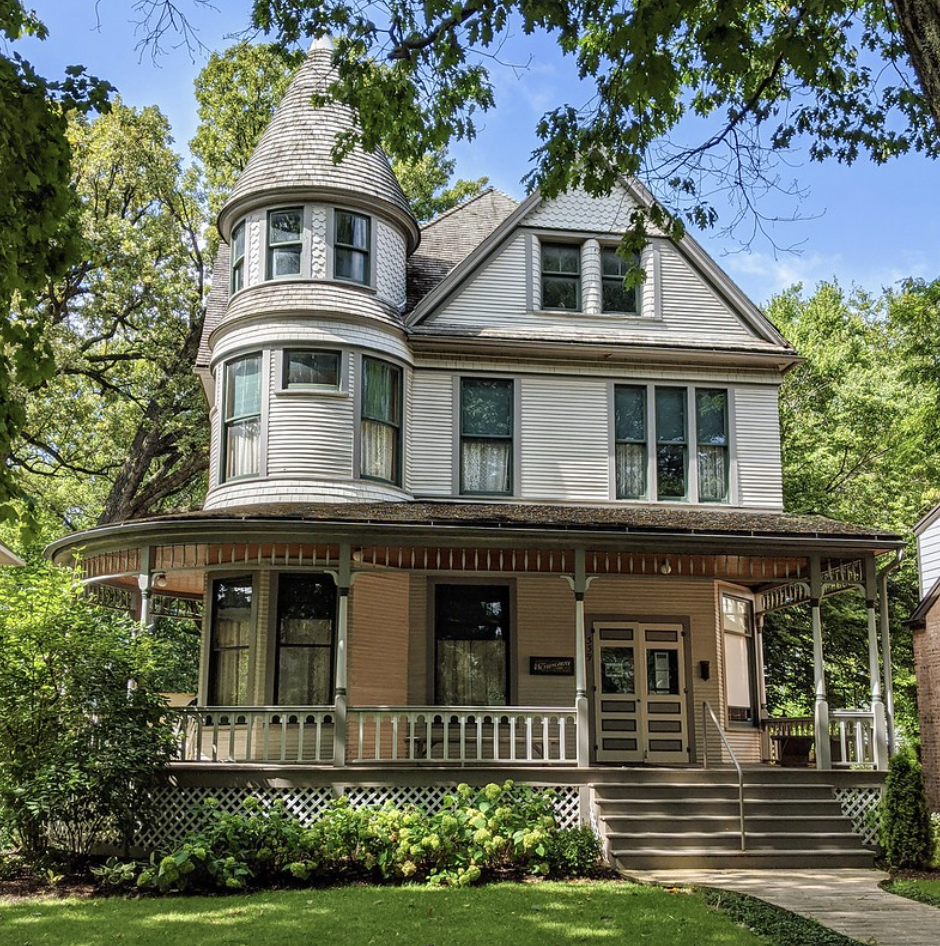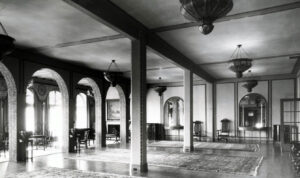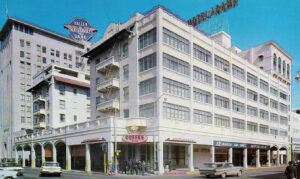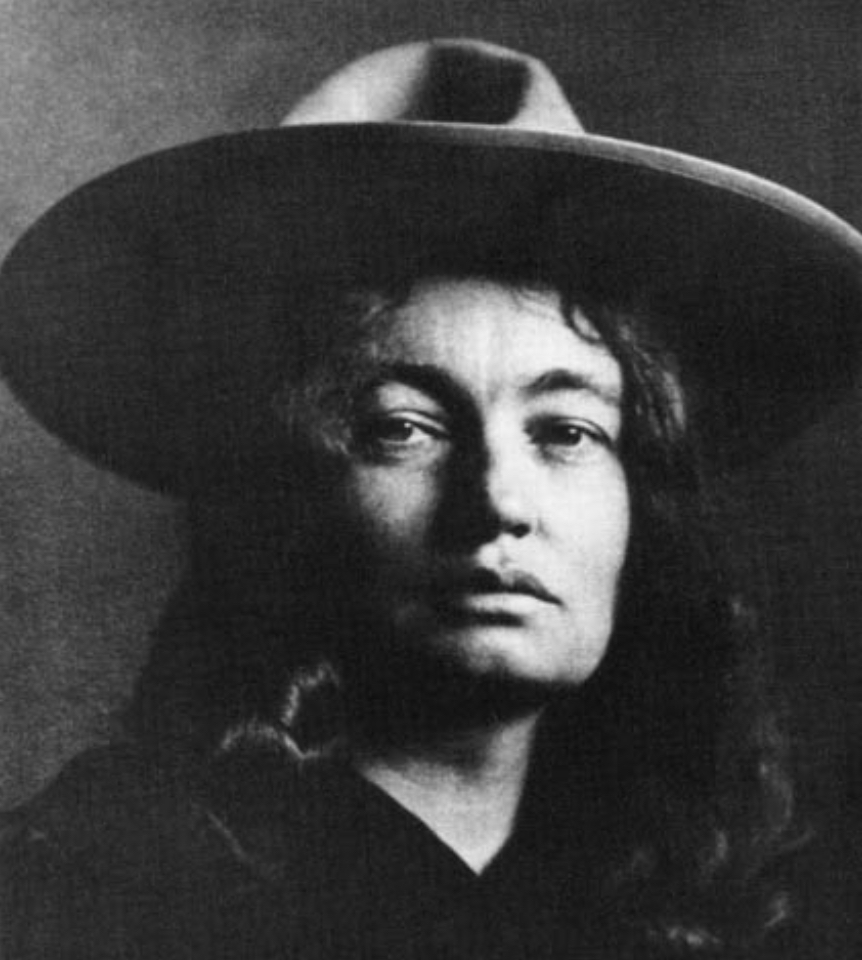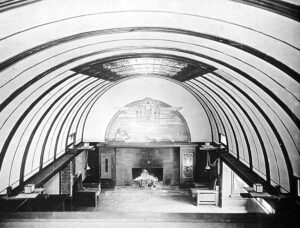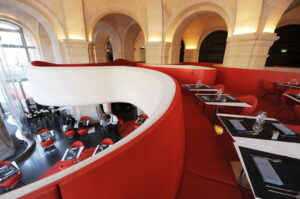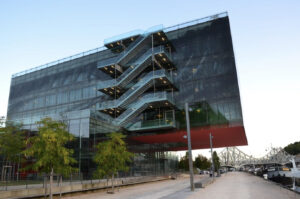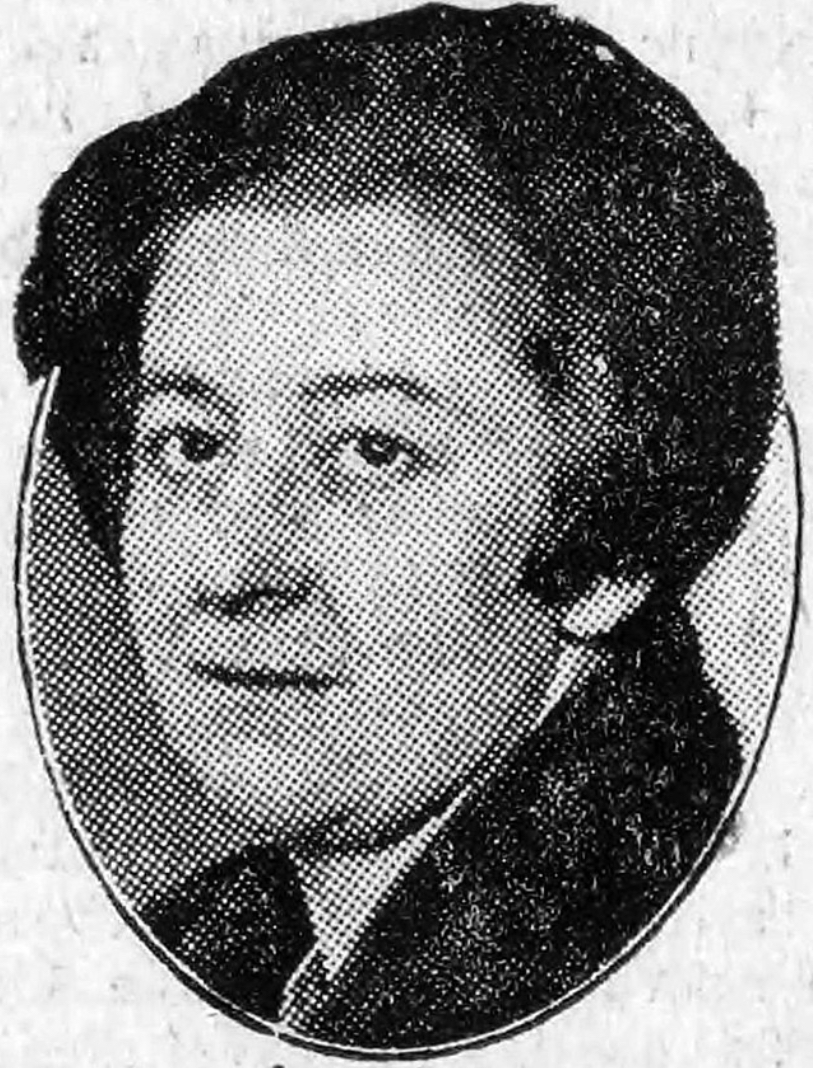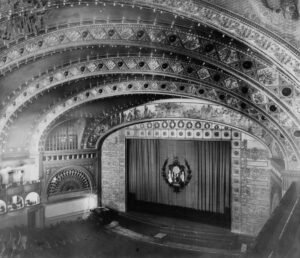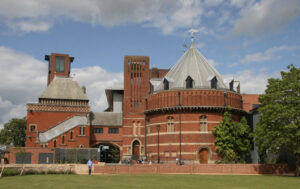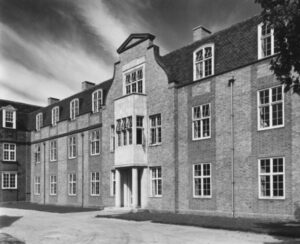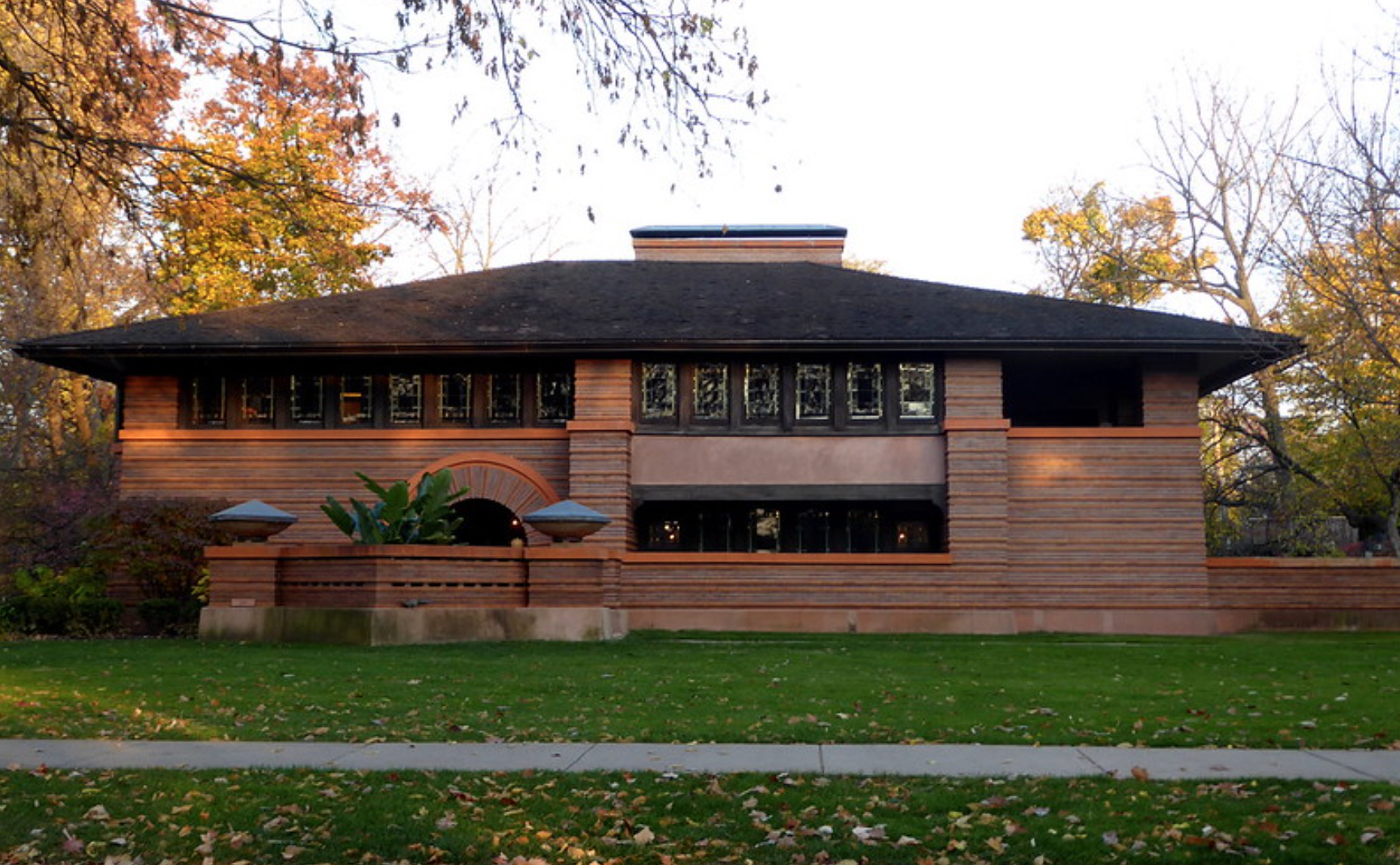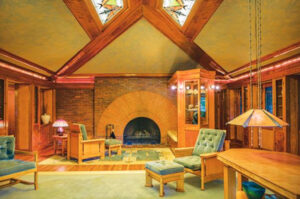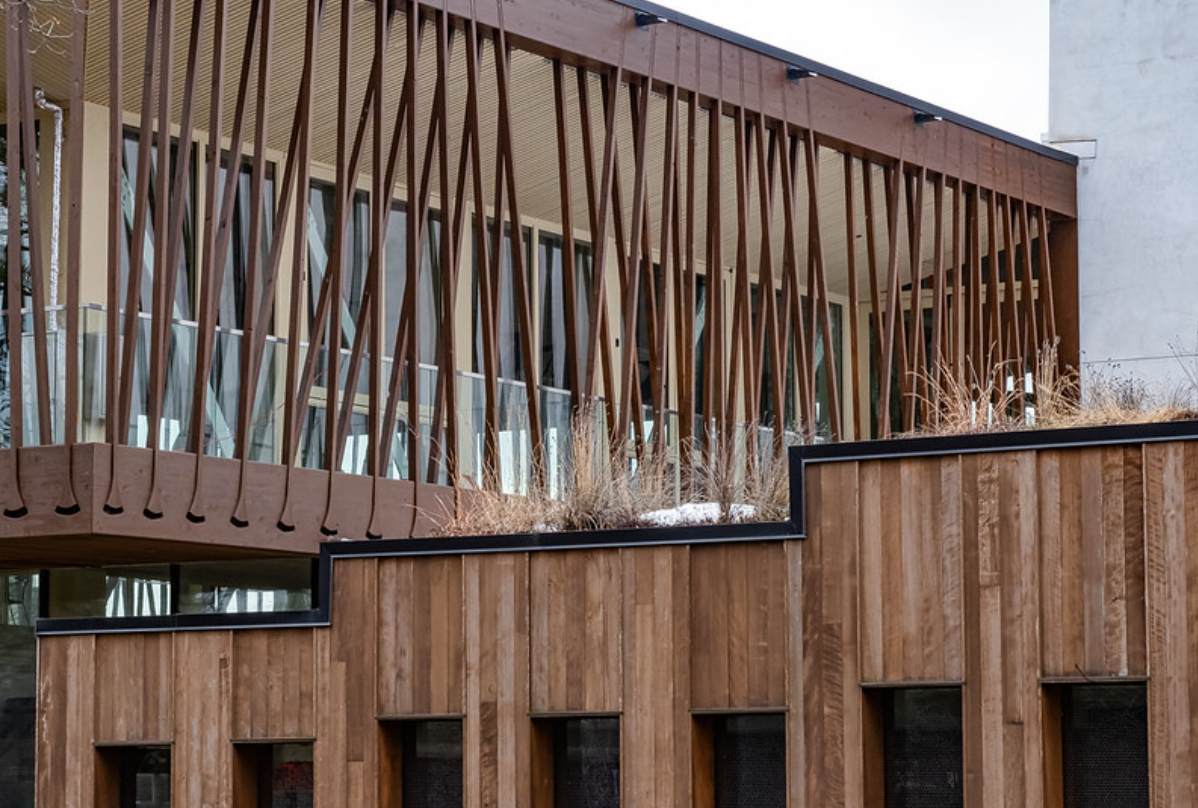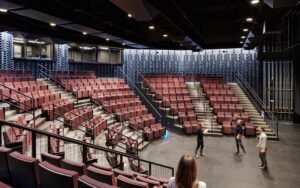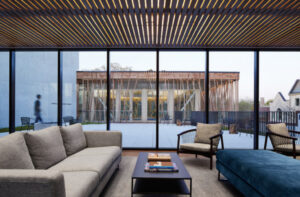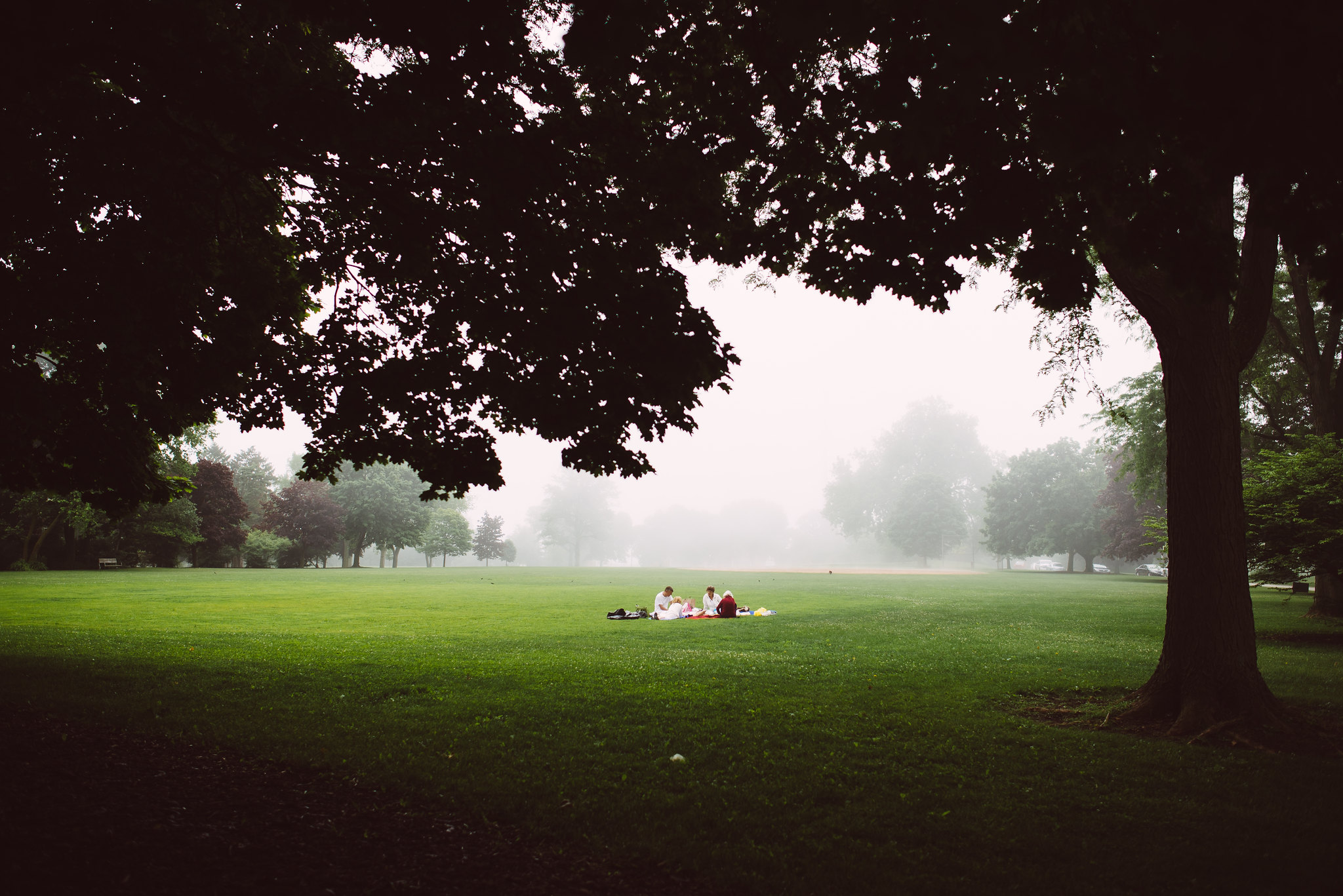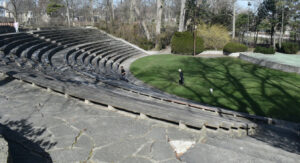In the vibrant Chicago suburb of Oak Park, a stone’s throw from the city and not far west from our very own Optima Signature®, sits a landmark of immense literary significance. It’s the Ernest Hemingway Birthplace Museum, an exquisite Victorian home that offers a unique window into the early life of one of America’s most iconic and influential writers, born in 1899. It stands as a testament to the formative years of a writer whose unique style revolutionized 20th-century literature.
The Hemingway Birthplace Museum is not just about the physical space that Hemingway inhabited; it’s also about the ideas and experiences that shaped his work. The Museum brings his Oak Park influences to light, providing context for many of the themes that would later appear in his work.

When you step outside the Museum into the broader community, you’ll encounter the Frank Lloyd Wright Home and Studio, another example of the ways in which Oak Park preserves and celebrates its literary heritage.
Ernest Hemingway’s Birthplace Museum is a splendid representation of the early influences that shaped a literary giant. Its interior spaces immerse you in visual reflections of the beginnings of the writer’s adventurous life, offering a deeper understanding of his work and the man himself. In celebrating Hemingway’s legacy, we are reminded of the timeless power of creativity and the lasting impact of well-crafted design.
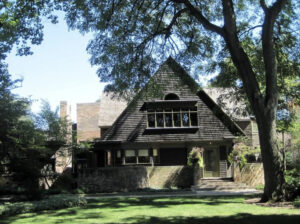
Guided tours of the museum provide visitors with a chance to step back in time and immerse themselves in the ambiance of Hemingway’s childhood. From the bedroom where he was born to the parlors where he might have first spun his tales, every corner of the house offers a unique glimpse into his early life and influences.
